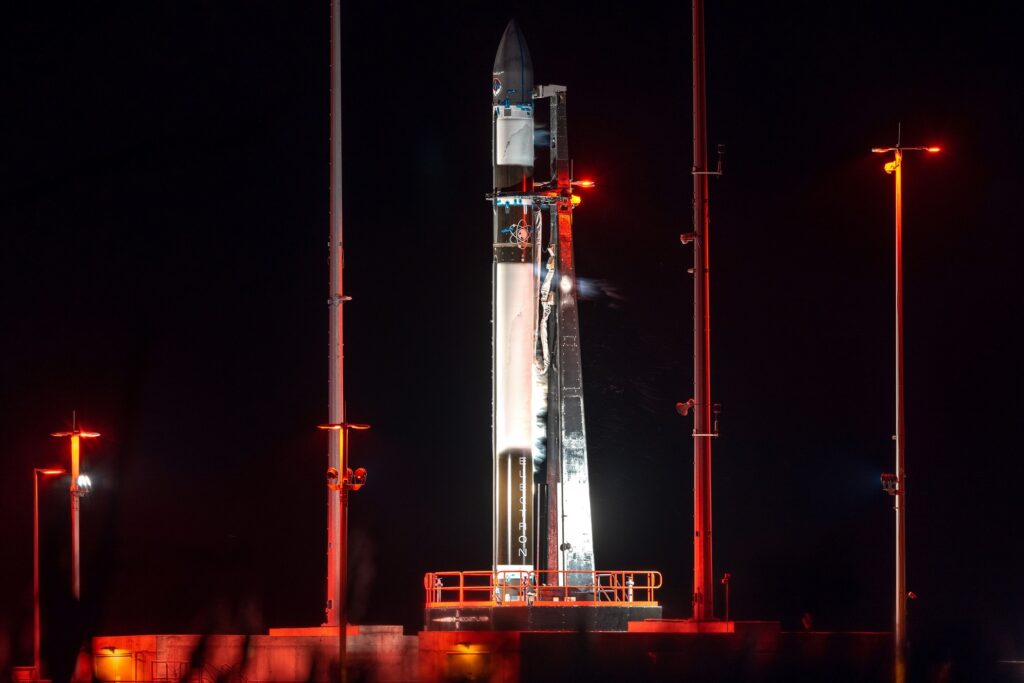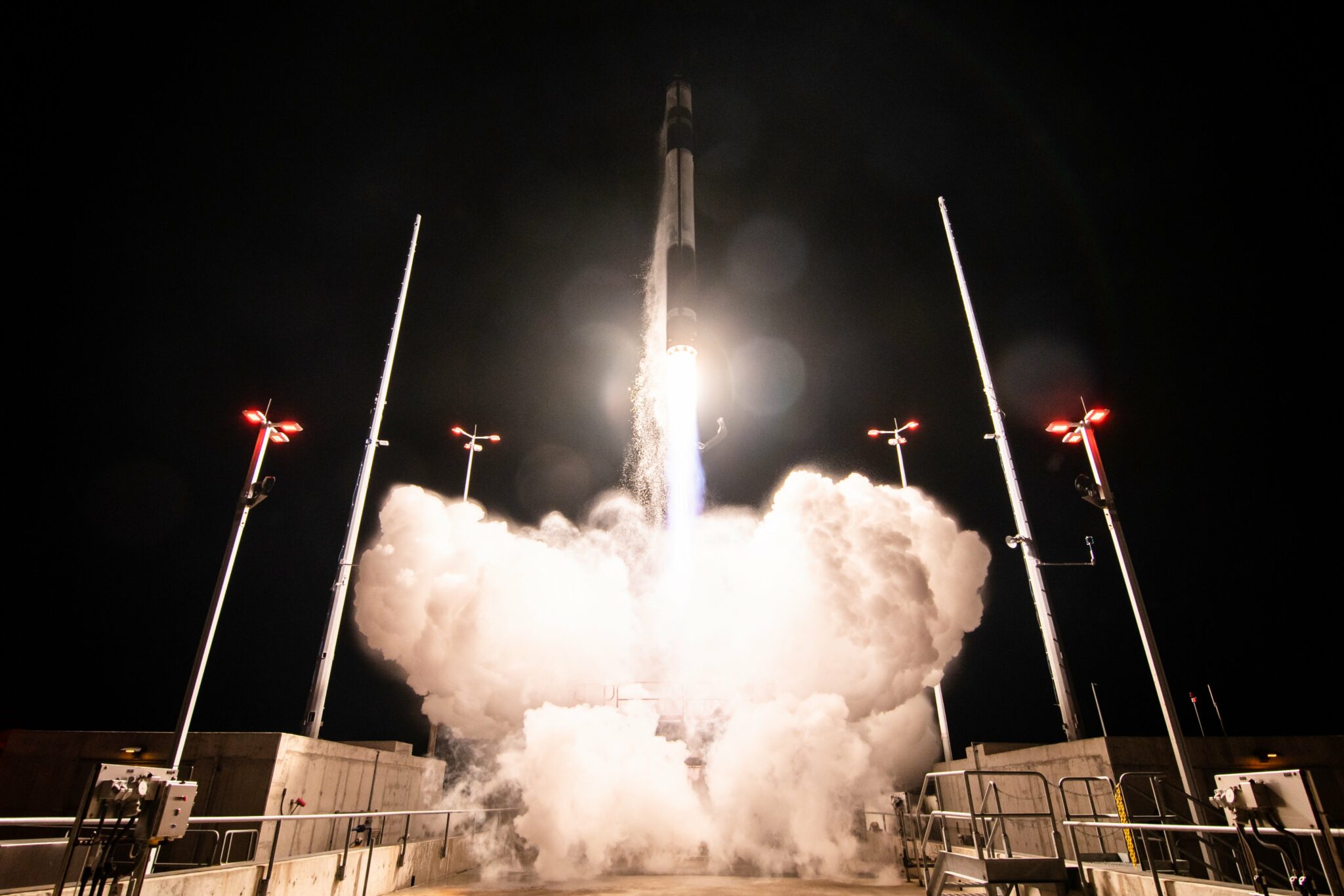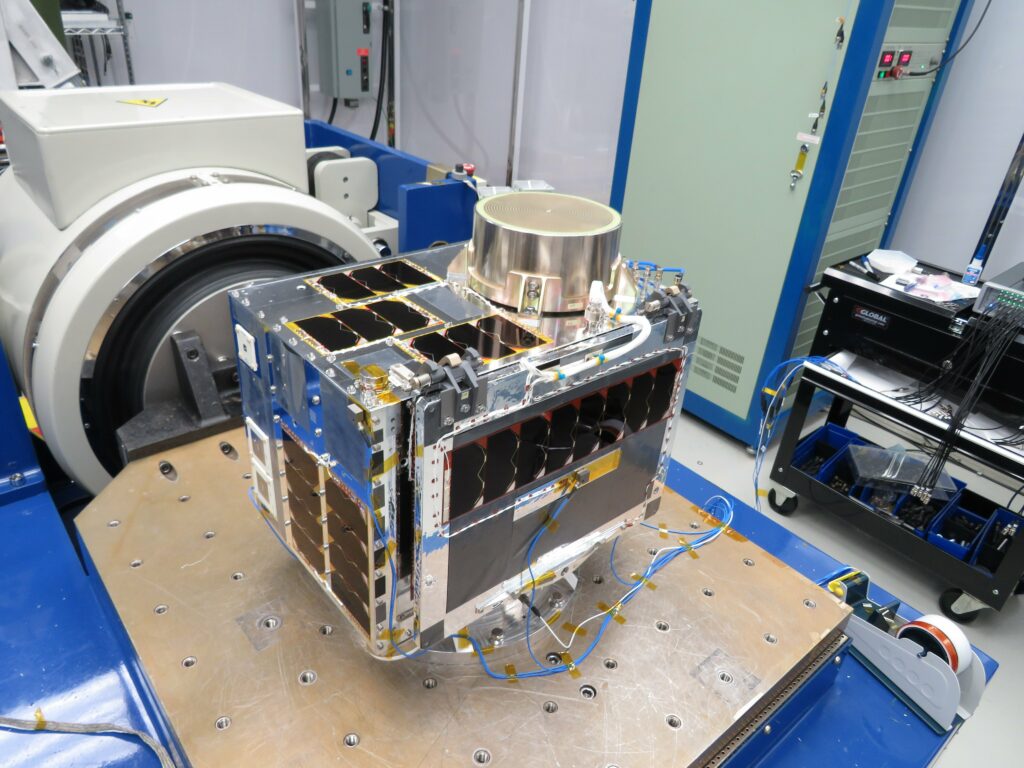On January 25, Rocket Lab performed the 33rd launch of a small Electron rocket. It successfully launched the HawkEye 360 satellites into orbit. The peculiarity of the mission was that it was the first launch of an Electron rocket carried out from the territory of the United States.
American Rocket Lab Spaceport
Back in 2018, Rocket Lab announced its intention to build a second launch complex in the United States (the first is located on New Zealand’s Mahia Peninsula). The company explained this desire to increase the frequency of launches, as well as the desire to attract additional customers — first of all, state organizations and the military, which require that launches be carried out from American territory.

Rocket Lab specialists studied four potential sites in the United States and eventually chose Wallops Island off the coast of Virginia. The Mid-Atlantic Regional Spaceport (MARS) is located on its territory. Construction work on the island began in February 2019 and was completed by the end of the same year.

Initially, the company planned to start using the new spaceport in 2020. But the consequences of the COVID-19 pandemic and problems with the re-equipment of the launch pad led to a number of setbacks and postponements that delayed the start of its operation for a long time.
HawkEye 360 satellites
Rocket Lab’s first “American” mission was named Virginia Is For Launch Lovers. Its payload was three HawkEye 360 satellites. These spacecraft are engaged in tracking radio frequency signals, which are then analyzed using specialized algorithms and machine learning tools. Satellites allow determining the exact position of radio stations, radio beacons, marine radar systems and satellite phones.

HawkEye 360 spacecraft can also be used to evaluate the accuracy of global positioning systems. In particular, they noted violations of GPS operation in areas of the territory of Ukraine where Russian troops invaded. The company believes that this is due to the military’s attempts to jam the system’s signals.
The launch of the HawkEye 360 satellites was a success. The Electron rocket put them into a 550-kilometer orbit, and communication had already been established with them. It is worth noting that in total, Rocket Lab has received a contract to launch 15 HawkEye 360 satellites. The remaining 12 spacecraft will go into space within the next two years.
Follow us on Twitter to get the most interesting space news in time
https://twitter.com/ust_magazine

